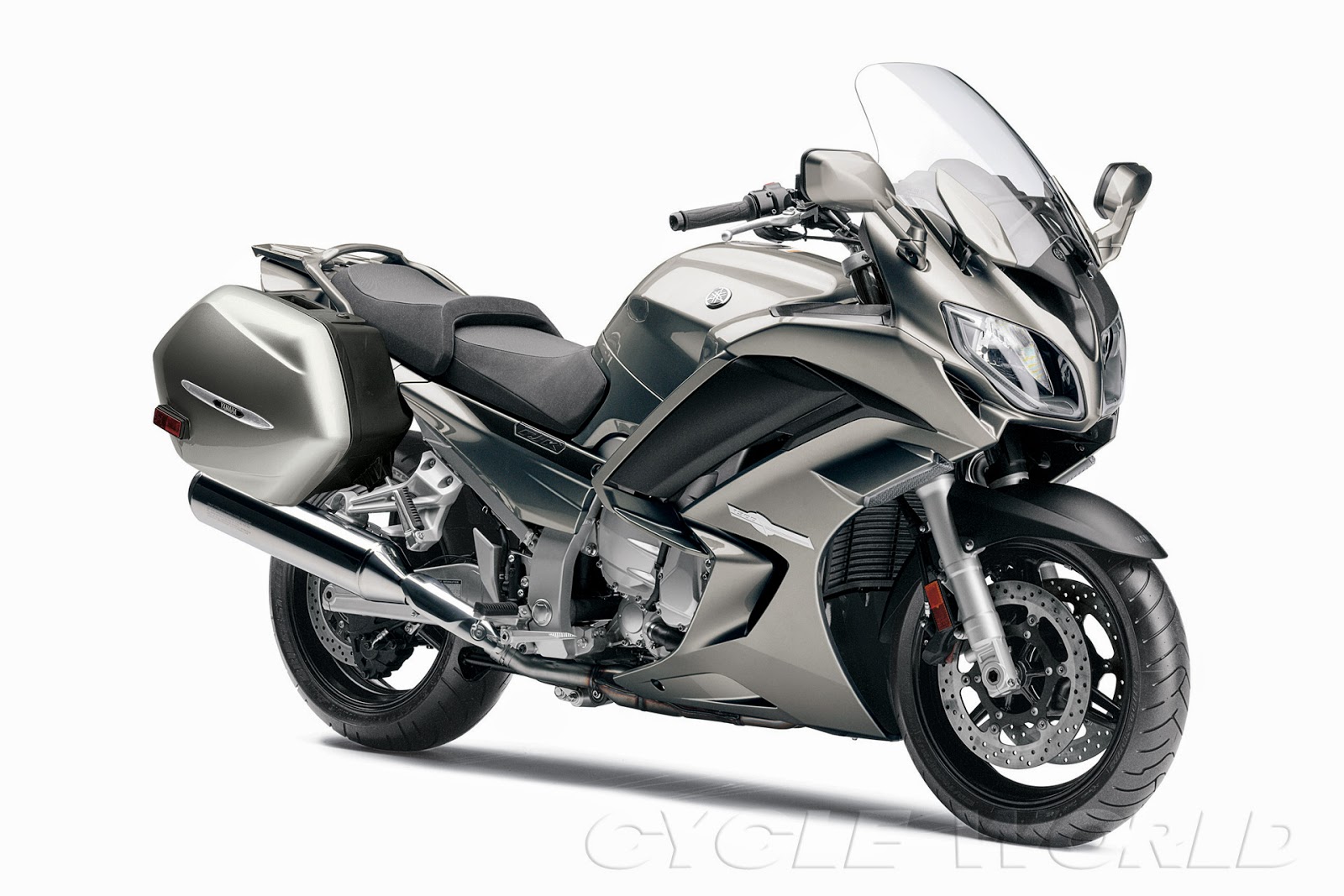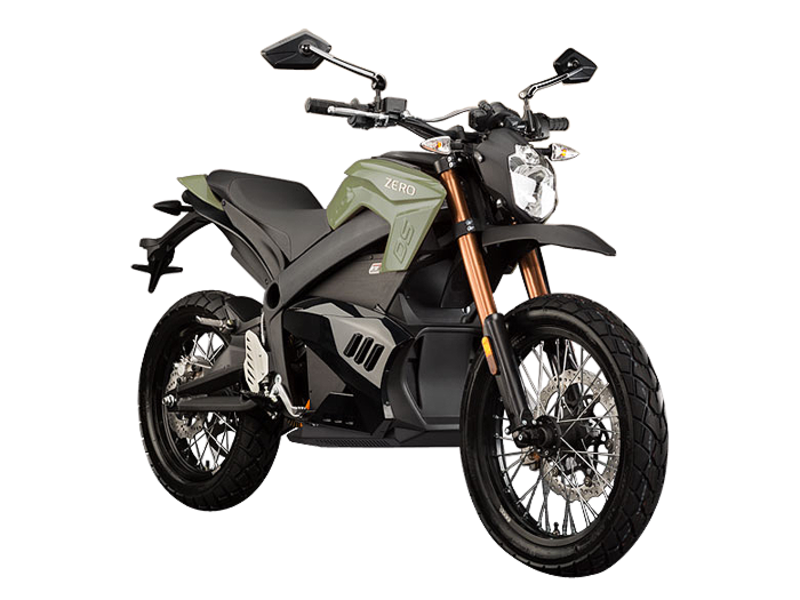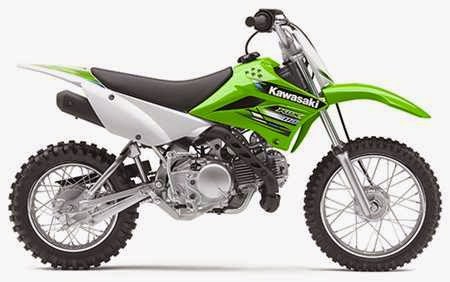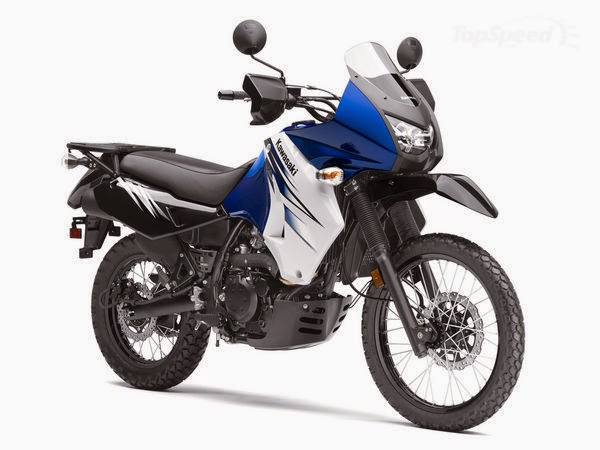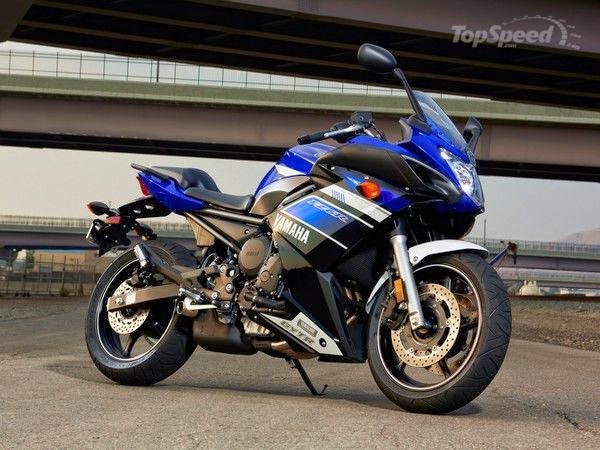
The 2013 Yamaha FZ comes in three models: FZ 1, FZ 8, and FZ 6 R. The FZ 1 and FZ 8 models have standard body styles. The FZ R 6 has a sport body style. Each of these models were introduced at various times. Production of the FZ 1 began in 2001. The FZ 6 R was introduced in 2009. Yamaha introduced the FZ 8 in 2011. Having three separate models allows Yamaha to offer more variety to customers. The 2013 Yamaha FZ R 6, for instance, has a displacement of 600 cc while the FZ 8 offers 779 cc and the FZ 1 has 998 cc. Despite some differences in body style, seating, and performance, though, all of these models have a lot in common. The differences lie in the details. Of course, the FZ 1, as a larger vehicle, will appeal to those who prefer the rumble and power of a traditional motorcycle. Those who want a quick, stealthy feel can turn to the smaller models. Either way, the Yamaha FZ can meet the needs of most motorcycle riders who want to enjoy the open road with a reliable vehicle between their legs.
The Yamaha FZ 1, which is the largest and oldest of the current models, has been in production since 2001. The differences between the first generation (2001-2005) and second generation (2005-current) essentially created a new motorcycle. When designing the second generation FZ 1, Yamaha developed a new body style, front and back suspension, and even a new engine. The second generation had a 40 percent heavier crankshaft and an updated balance shaft that improved the motorcycle's performance.
Yamaha has also made several small changes to the FZ 1 since releasing the second generation. In 2006, the company began using a stiff rear spring and an updated throttling system that allowed the operator to control quick bursts of energy. In 2007, Yamaha decided to soften the rear spring, offering a more comfortable ride. It also updated the fuel injection system. Satisfied with these changes, Yamaha used the same basic design until 2010, when it improved the bike's throttle response in the mid-RPM range by updating its ECU mapping. In 2011, the company made further improvements focusing on throttle response at lower speeds. The vehicle remains largely unchanged between 2011 and 2013.
The FZ 1 has won numerous awards and reviews throughout its production. The introductory 2011 model received positive reviews from important critics at Motorcycle-USA.com and Motorcyclist Magazine. Motorcycle-USA.com also gave the second generation a good review in 2006. Cycle World gave the motorcycle a positive review that year, as well. Positive reviews continued in 2998 and 2009, when the FZ 1 was hailed by Motorcycle Thailand and Two Wheel Freaks, respectively. It even won second place in a list by Rider Magazine.
These recognitions show that past versions of the Yamaha FZ 1 and its related models offer power and aesthetics that impress critics who really know how to spot a good motorcycle. The 2013 FZ models continue this tradition with exceptional engineering and attractive designs. Whether riders prefer the feel of a standard bike or a sport bike design, they can engine exploring the roads on a 2013 Yamaha FZ knowing that the make has a history of reliability and good times.
New For 2013
No major changes for 2013
2013 Yamaha FZ Specs
Model: FZ
Engine Type: Horizontal In-Line
Bore and Stroke: 3.03 in. X 2.11 in.
Compression ratio: 12.21
Valve Train: DOHC
Induction: N/A
Ignition: Electric
Transmission: 6-speed Manual
Final Drive: Chain
Fuel Capacity: 4.6 gallons
Estimated Fuel Economy: 43 mpg combined
Brakes (Front): Dual Hydraulic Disc
Brakes (Rear): Hydraulic Disc
Suspension (Front): Telescopic Fork
Suspension (Rear): Two-Sided Swing Arm
Wheelbase: 57.5 inches
Rake: N/A
Trail: N/A
Seat Height: 30.9 inches
Curb Weight: 470 lbs.
Tires (Front): 120/70 ZR17
Tires (Rear): 180/55 ZR17
Accessories
Bulleted list of all available accessories
Fuel cap accent with a fiber carbon look
Red, white, or blue engine plugs
Comfort seat
Gold front sprocket
Black rear sprocket
Lower fairing kit
Lower cowl
GYTR slip-on exhaust
Key Competitors For The 2013 Yamaha FZ
Kawasaki Ninja 300
Honda VFR1200F
Honda CBR00R
